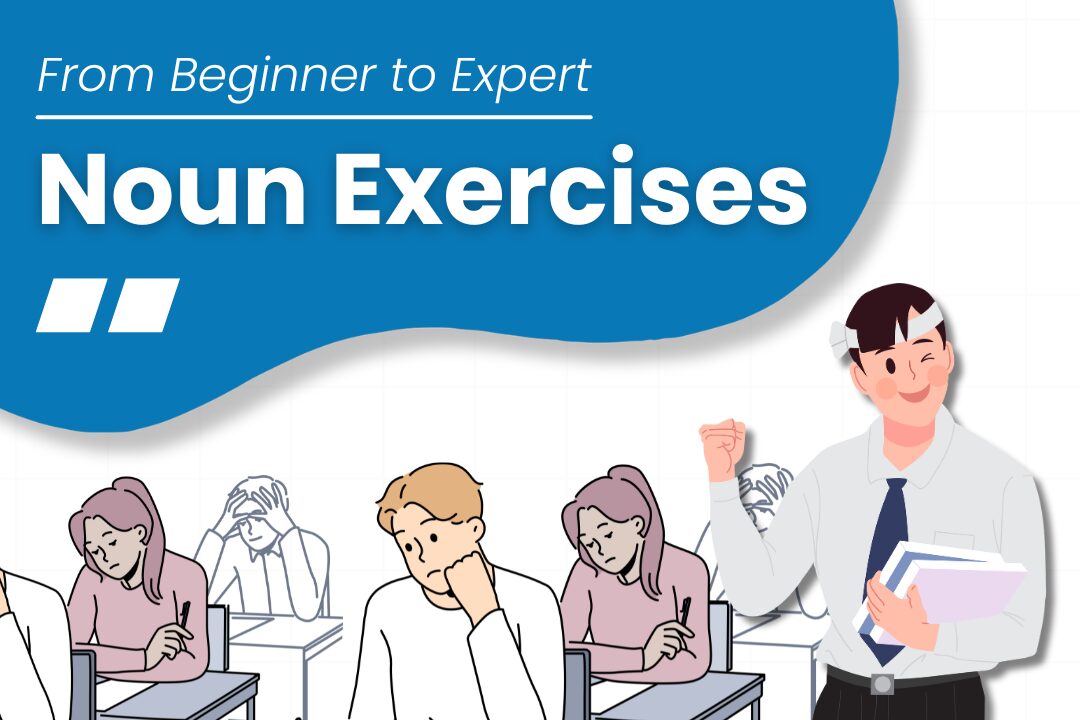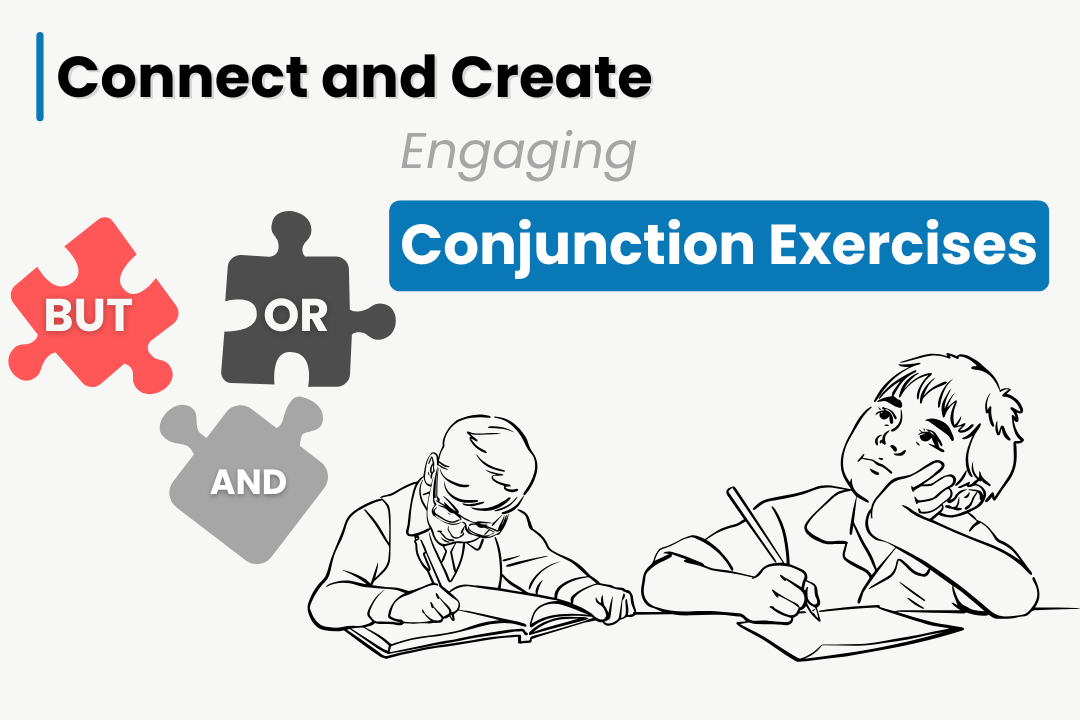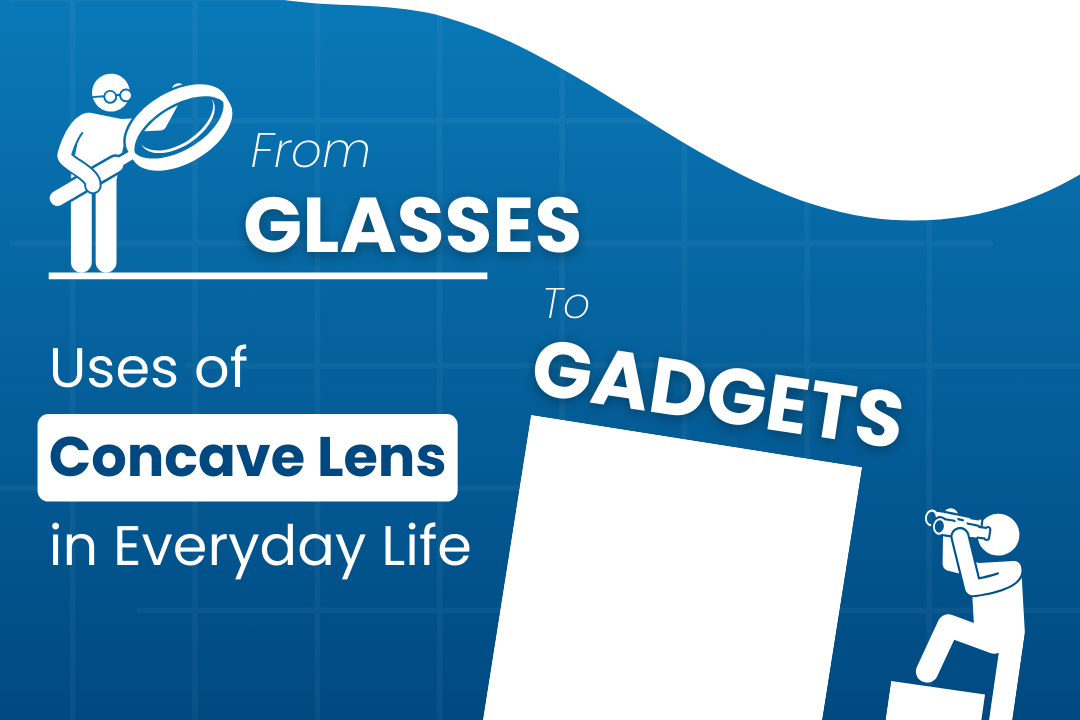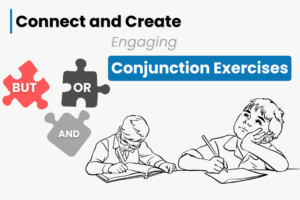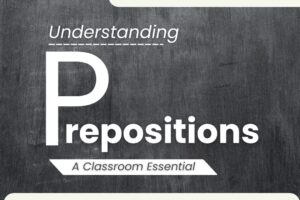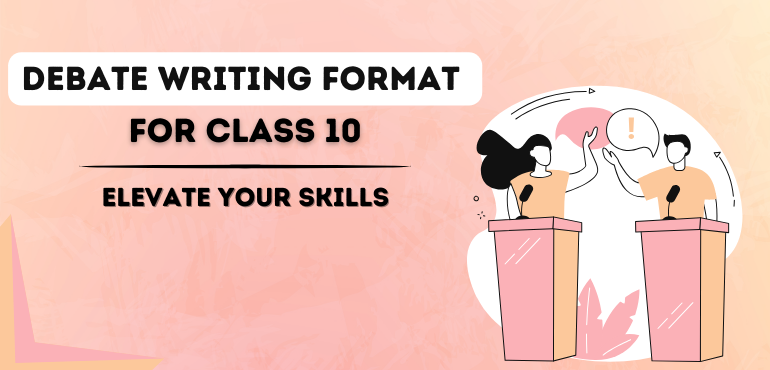
One of the most significant barriers to effective self-expression during a debate can be your incapacity to articulate your ideas. However, be at ease!
We can help if you’re stumbling around attempting to figure out how to write a fantastic debate speech or having difficulty writing a composition.
To help you write the ideal debate, we’ll cover debate writing kinds, formats, and style guides in this blog.
Let’s go!
What is Debate Writing?
Two opposing teams argue and defend a certain resolution in a formal battle of reasoning known as a debate. Converting someone’s opinion to yours is likewise a persuasive speech technique.
In this instance, the speaker either defends or refutes the subject under discussion. In addition, it involves composing and organizing the discussion prior to its official presentation.
Features of Debate Writing
The primary components of debate writing are not like writing a story where there is a plot, characters, a location, a setting, etc. The components for debate writing are as follows.
- Informative: A solid argument needs to include all relevant details and data. Using reason and logic is meant to enlighten and educate others.
- Well-reasoned: In a dispute, the points put out need to be sensible, pertinent, skillful, and clearly articulated.
- Persuasive: To persuade the audience, a discussion needs to highlight compelling points.
- Orderly: The facts must be presented in a debate in a methodical and planned manner. It should adhere to a particular format as well.
- Dynamic: In a dispute, two groups make contrasting claims. Likewise, every team member needs to be questioned about and provide an answer on all the significant aspects.
Types of Debate
The types of debate that are commonly used on different occasions are described in detail below.
Team Policy Debate:
Two teams, each with two debaters, compete in the team policy debate. Presenting a vast amount of facts in a logical manner is the primary goal.
Cross-Examination Debate:
This is the time in between remarks. Here, the opponents ask one another to elucidate and comprehend the arguments supported by facts.
The Lincoln-Douglas Debate:
This is an open forum, one-on-one discussion. Here, the debaters concentrate on making a strong, reasoned case for or against a subject.
Spontaneous Argumentation:
Two teams debate a certain topic in spontaneous argumentation, which doesn’t involve a lot of study. In the same way, the presentation dominates this argument over the content.
Public Forum Debate:
It involves discussions of contentious issues. Additionally, these are meant to assess the debaters’ abilities in refutation, cross-examination, and argumentation.
Parliamentary Debate:
Two teams participate in a parliamentary debate: the opposition team and the government team. The opposition team argues against the motion that the government team has proposed.
Debate Writing Format
The format for debate writing in middle or high school is the same. In order to help you understand the components of a discussion, we have included a thorough framework here.
- Introductions and Explanations
It starts with three main points made in the opening phrases and ends with clarifying queries.
- Pro Team: Five minutes
- Con Team: Two minutes
- Con Team: Five minutes
- Pro Team: Two minutes
- Counterarguments
The debaters restate and evaluate the opponent’s claims and points of view in this stage.
- Pro Team: Three minutes
- Con Team: Three minutes
- In brief
Following in-depth discussions with the opposing side, the debaters will now provide a summary of their perspectives. Similarly, it enables them to defend their position as superior.
- Pro Team: Three minutes
- Con Team: Three minutes
Following a thorough discussion, each team has 20 minutes to respond to the questions.
To assist you in organizing your debate, refer to the provided debate writing template.
How to Start a Debate?
The question “How to write a debate introduction?” may seem intimidating when you first begin the writing process but don’t panic.
These simple steps can help you create an engaging introduction for your argument.
- Great Salutation and Powerful First Line: With a passionate welcome and an attention-grabbing opening statement that establishes the tone for your debate, greet your audience.
- Describe a Personal Experience: Share a personal story that humanizes the subject and makes it approachable and interesting to establish an emotional connection.
- State an Amazing Fact: To spark interest and build credibility, start your debate by introducing a startling or impressive truth about the subject of your argument.
- Make Use of a Strong Quote: Incorporate a thought-provoking quote that supports your position to give your speech more substance and authority.
- Pose a Hypothetical Question: Ask a rhetorical question to get your audience to consider the topic at hand and to think critically.
- Describe the Issue: Explain the issue or difficulty related to your debate topic in detail, emphasizing its importance and applicability.
- Provide Your Thoughts on the Matter: Take a position on the issue, giving a brief synopsis of your case and laying out the framework for the points you will make in your debate speech.
How to Write a Debate?
The guidelines listed below will help you write a debate speech that will make you stand out from the competition:
Recognize the Argument
Knowing the nature of debate writing is the first of many steps toward mastering it. In this case, each team will be given a topic and asked to select between an affirmative and negative position.
Investigate the Subject
To fully grasp all sides of the argument, conduct a thorough brainstorming session and extensive research on the subject. List the important points, and then utilize reliable sources to address them in your main grounds of content.
Construct a Debate Structure
Create a simple three-section structure for your debate speech. The structure should have an introduction, a body, and a conclusion, all of which are covered in full below.
- Overview
The attention grabber appears in the initial portion of the outline. Use a thesis statement to introduce your issue and provide context. To comprehend the direction of the debate, give a brief synopsis of the arguments made by the students as well.
- Body
It is the primary portion of the discussion that goes into great detail about the main arguments. It also provides proof and logical justification for the thesis.
- Summary
The final opportunity to introduce key concepts is in the conclusion. It concludes with a powerful statement and adds passion and emotion to the sentences, summarizing the major body.
Writing the Debate
Write the final draft of your argument now. Mention the ethos, pathos, and logos—the three main components of persuasion. These serve to clarify how the resolution affects things in the real world.
Additionally, to keep a logical flow between paragraphs, employ transition words. Finally, check and revise your writing to make sure there are no grammatical, spelling, or punctuation mistakes.
This is a fantastic illustration of a well-written beginning for a debate:
The question for discussion today is, “Should virtual reality be integrated into the education system?” ladies and gentlemen. Opening for the affirmative side is me, Rajesh Kumar. We’ll demonstrate how the use of virtual reality can transform education. Let’s start with our initial disagreement.
How to End a Debate?
Make sure you have covered all of the following points before concluding the discussion. It will assist you in determining how credible your argument is.
- Does your debate begin with a compelling salutation?
- Does it offer unique content, firsthand knowledge, and an action call?
- Does the debate adhere to the correct format and structure?
- Does it have the right kind of sentence structure?
- Is there a coherent flow of ideas from one paragraph to the next?
- Have you edited it to fix common errors in punctuation, grammar, and spelling?
- Does the discussion touch on your thoughts on the assigned subject?
- Does the argument conclude with a strong statement that will influence the audience going forward?
Tips and Tricks for Debate Writing
These fantastic debate hints and techniques can help you craft the ideal debate:
- It is best to be informed about and ready for an argument before engaging in one.
- Perform in-depth research to gather pertinent information and create original arguments regarding the subject.
- When writing, one should use common sense to determine whether important claims are true.
- Try to comprehend the formal argument by drawing on a range of personal encounters.
- To make the arguments more genuine and believable, include instances and supporting data.
- When presenting a critical argument, keep the judges’ and the audience’s perspectives in mind as well.
- Always plan your speech with the time constraints in mind.
- Don’t always reject the arguments put out by the opposition. As an alternative, make notes and use reason.
- As you develop your case, consider every potential objection that others might have.
- Never introduce fresh points of contention in your concluding paragraph.
Conclusion
You can create an excellent debate essay for your high school or college by using this thorough debate writing tutorial. We have addressed every important detail that is required to create a compelling argument.

